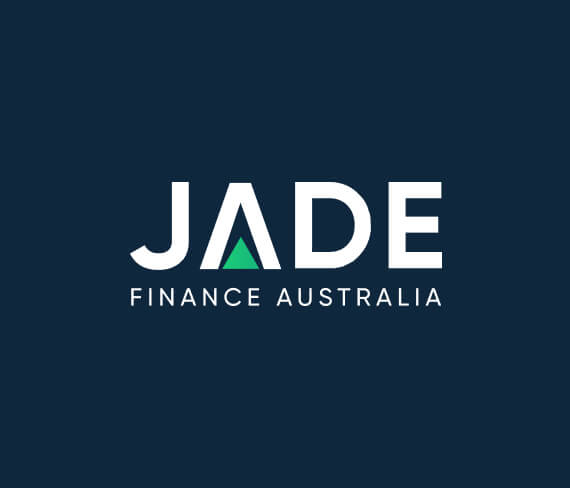Further info on inflation and interest rates from RBA
For businesses and individuals with plans to buy major items with finance, the big question mark over that purchase is likely around interest rates. What will the rate be at the time of the purchase, how much higher are rates likely to go and if planning several months ahead, will the rises stop. The high rate of inflation in Australia is the main reason that the Reserve Bank of Australia (RBA) started lifted rates from the historic lows nearly a year ago.
So staying abreast of outlooks on both inflation and interest rates may be critical to timing finance applications to make those purchases. There has been a plethora of information released over the first few months of 2023 in regard to inflation and interest rates including commentary from analysts, media as well as from official sources.
The Australian Bureau of Statistics (ABS) released the inflation data for 2022 in January and more recently the employment data. The RBA Board met in early February and released some information as to the Board’s outlook with the rate decision.
In the past week more detailed information has become available by way of the minutes from the February meeting of the RBA Board. The minutes are posted about 2 weeks after the meeting. The information in this document is far more detailed and provides a much deeper understanding of how global and local factors are combining to impact inflation and consequently interest rates.
Perusing the RBA meeting minutes may provide insights on interest rates for individuals and businesses preparing to apply for finance for major purchases. The minutes also cover the outlook for the global economy, business indicators, international and domestic financial markets and the future of money and payments. For those without the time to fully digest the entire document, we have summarised the key sections which relate to our area of interest and that of our customers – lending interest rates.
Summary –Minutes of RBA Board Meeting
The minutes include multiple references to uncertainties. The Board identified and discussed uncertainty with a number of outlooks that can impact its decisions on interest rates. Of particular note, uncertainty around how fast inflation will decrease as tightening of monetary policy has the desired effect.
In regard to the cash rate decision for February, only two options were discussed. This differed from the Board’s December meeting where three options were discussed. At that meeting the members of the Board discussed the arguments for 0.25% increase in rates, a larger 0.5% and the arguments for leaving rates steady, on hold.
This revelation naturally attracted attention, especially from media. Dr Lowe, RBA Governor, was posed several questions on ‘hold’ option in appearances after that meeting. His response was that the Board all the options available were on the table.
By the 7 February Board meeting however, it was only the two options to increase rates that were discussed. The discussions proceeded with the arguments for and against each option. For the 0.5% option, an argument was that the wages and prices data were above what was expected, and a risk presented that high rates of inflation could persist. If that did occur the heavy costs of rising unemployment and even higher interest rates would need to be addressed later.
In favour of the smaller 0.25% interest rates rise, the arguments centred on inflation appearing to have peaked as per the December figures. Though there was uncertainty around this outlook. That being that a softening in demand was identified and the rate of underlying inflation was below expectations.
The minutes note that there are sound scenarios indicating demand could be less strong that expected. After discussing the arguments for both options, the stronger case was seen for a 0.25% rate increase.
Board members were in agreement that further increases would likely be needed. Inflation is expected to decrease but a risk of the high rate continuing was noted. Also noted was the cash rate in Australia being below that of several economies of comparable size etc.
In regard to inflation, it is uncertain whether or not the latest figure – to end of December, was actually the peak. It would be some months before this could be confirmed. At a global level, inflation appears to have peaked and is easing in some countries. But that trend is yet to be transferred to the Australian economy and uncertainty exists around the speed at which we will see that trend start to be seen here.
Personal Loan and Business Finance Significance
As further rate rises seem likely, it's important for businesses and individuals to stay informed about interest rate movements, especially when it comes to car finance rates and equipment loan interest rates. Banks and non-bank lenders will be assessing information and making their own decisions based on analysts' outlooks. As a result, the positions of lenders can vary across different lending markets such as recreational goods loans, truck loans, and commercial finance. At Jade, we source the cheapest rates from a large panel of lenders to ensure our customers receive better rates and cheaper finance options. If you're looking to finance a major purchase, such as a car or equipment, getting approved for finance before future rate rises could be highly advantageous. Click here to explore your financing options and secure the best car finance rates and equipment loan interest rates with Jade.
Get approved for loans and finance at cheaper rates with Jade Finance – call for a quick quote 1300 000 008
DISCLAIMER: NO LIABILITY IS ACCEPTED IF ERRORS OR MISREPRESENTATIONS ARE FOUND IN THIS ARTICLE. THE ARTICLE IS PREPARED AND PRESENTED FOR GENERAL INFORMATIVE PURPOSES AND IS NOT INTENDED TO BE THE SOLE SOURCE OF INFORMATION FOR MAKING FINANCIAL DECISIONS. THOSE REQUIRING GUIDANCE AND ADVICE SHOULD CONSULT A FINANCIAL ADVISOR.
